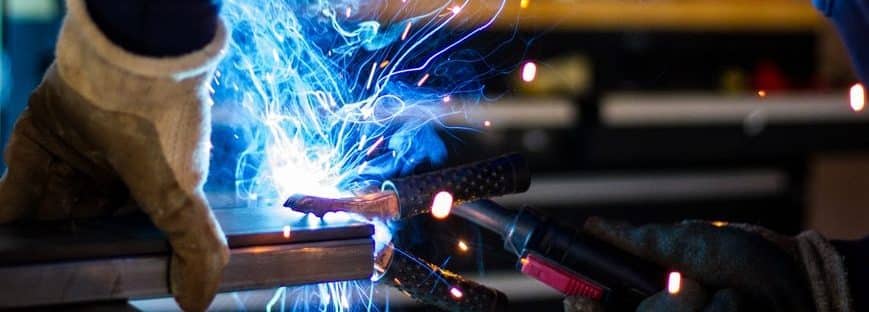
According to Meir Tlebalde, associate director at KPMG Tax and Advisory, developers of such zones (IZs) should put a high focus on completing pending legal procedures and documents to be more attractive for global electronics players in particular.
“This can be done with the closer cooperation with the local provincial authority and create a favourable investment climate for these players to invest,” Tlebalde told VIR.
In addition to that, clear guidance and assisting investors with completing investment processes and procedures – as well as help in construction, land planning, and other important legal procedures – must also see more focus.
Furthermore, site clearance and infrastructure improvements are required to meet the high demand of a global wave of investments, Tlebalde explained.
Vietnam already has well-documented positive factors making it ripe for companies to enter or expand in. A young, large, cost-competitive, and well-educated workforce; political and economic stability amid a world full of turmoil; a fine strategic location and possession of many major deep seaports in the heart of one of the highest-traffic sea routes; and the country’s large number of free trade agreements all help to put the shine on the potential of Vietnam in the coming decade.
Around 65 per cent of existing electronics players are located in the north, with the rest in the south and a minor proportion in the central provinces.
IZs in the north are home to many large-scale and well-known electronics players such as Canon, Foxconn, Petragon, and Samsung for computer hardware; and LG Display, Intel, Panasonic, and Luxshare for components and parts, among many more.
Those major tenants occupy IZs in Haiphong, Bac Ninh, Bac Giang, Thai Nguyen, and Ha Nam provinces in the north.
Meanwhile in the south, Binh Duong, Ho Chi Minh City and Dong Nai feature the notable existing investment of key players such as Intel, Samsung, Jabil, and Panasonic.
Samsung Vietnam continues its streak as the biggest of the bunch, with the total investment capital of $15.4 billion in the northern provinces and another $2 billion in Saigon High-Tech Park.
Elsewhere, Goertek Technology – the Hong Kong manufacturer of electronic equipment, media networks, and multimedia audio – has chosen WHA Industrial Zone 1 in the central province of Nghe An for its factory.
Regarding the advantages of Vietnam’s IZs, northern provinces in particular feature a strategic location adjacent to China, along with convenient transportation and lower industrial land prices. “All of which act to draw high-tech investments, especially from those who seek to shift their production out of other countries,” Tlebalde told VIR.
Talking to VIR previously, Vo Sy Nhan, co-founder and managing director of Gaw NP Industrial, a ready-built-factory located in Thai Nguyen province, said that movements of giant manufacturers and producers into the Vietnamese market recently will eventually entice many others to support their operations.
“The supportive manufacturers entering the Vietnamese market are mostly small- and medium-sized enterprises who are looking for medium-sized spaces for leasing,” Nhan said.
The critical factor in these potential tenants’ decision-making processes is the proximity to these large companies and access to the logistics system.
As Vietnam is considered a promising alternative for those seeking to relocate their production line from China, many provinces have promoted the establishment of and investment in infrastructure for IZs as well as planned and oriented more IZs for the next few years.
Northern localities – especially Haiphong, Bac Giang, Bac Ninh, Thai Nguyen, and Ha Nam – have aimed to attract more foreign-invested projects with high-tech IZs and investment in infrastructure both inside and outside of IZs to meet the diverse needs of investors in the new era.
The current demand for industrial land is larger than the supply, according to Tlebalde, because of the high foreign investment inflows and production expansion of many reputable players such as Foxconn, Pegatron, and many others, and the increasing international trade via numerous free trade agreements.
Moreover, recently the government has approved and issued master plans to expand more IZs to meet the investment needs in the short- to medium term. Despite the establishment of many new developers in the IZ field, the formation of such zones still needs to pass several layers of the government, which could potentially lengthen the development of many IZ projects.
Nevertheless, big electronics players are now looking for large-sized IZs (with an area of over 1,000 hectares) with integrated infrastructure systems that are still in the development stage.
“Therefore, it is expected that in the short- to medium term, there will be no oversupply of such areas for electronic players,” Tlebalde added.
By Quynh Chau, VIR